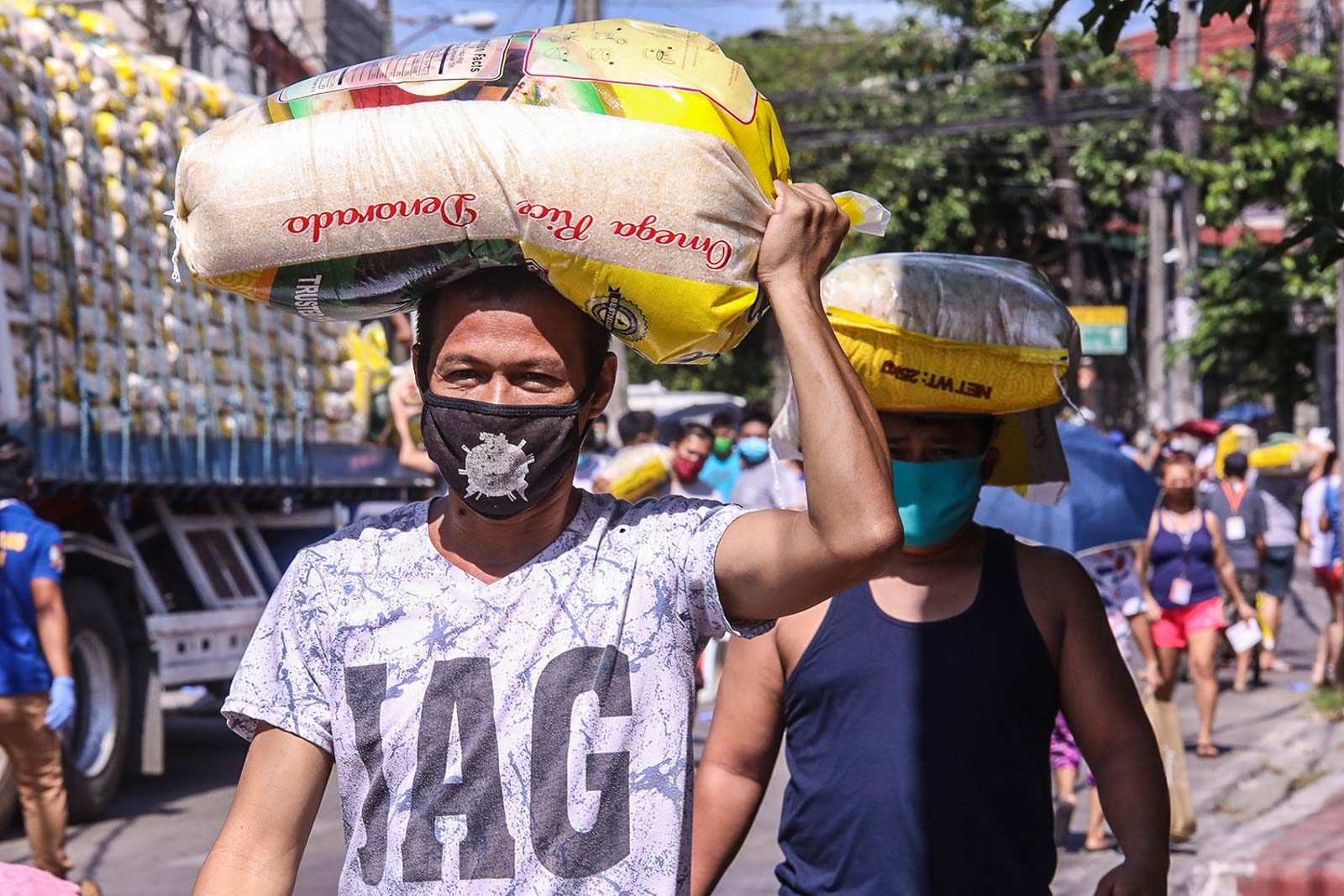SUMMARY
This is AI generated summarization, which may have errors. For context, always refer to the full article.

MANILA, Philippines – The Philippines will continue to be the world’s top rice importer in 2020 and 2021 to meet demand of over 107 million people, while production of the staple is expected to dip.
According to the Global Agricultural Information Network (GAIN) report of the United States Department of Agriculture (USDA), the Philippines and Brazil are projected to have production declines, although modest, while the rest of the rice-producing countries will produce more.
The report noted that Southeast Asia will resume planting, while China will plant earlier than expected. Worldwide, production is projected to hit more than 8 million tons, a new record.
The USDA said the Philippines is set to produce 11.4 million metric tons (MT) of rice in 2020 and 11 million MT in 2021.
Consumption is projected to hit 14.3 million MT this year and 14.5 million MT next year.
“With lower production and tighter stocks, larger imports are expected to enable consumption to rise marginally,” the USDA said.
The Philippines is expected to import around 2.5 million MT of rice in 2020 and 3.3 million MT in 2021.
“The 2019 rice tariffication law has made imports more available in the market, depressing overall milled rice prices,” the USDA added. (READ: Rice tariffication: Birth pains force farmers’ kids out of school)
Rice glut
The Philippine Department of Agriculture is aiming to produce 13.51 million MT of rice for 2020.
This would bring the country’s rice self-sufficiency to 93% from 87% in 2019. If achieved, it would be the country’s highest palay output in at least a decade.
At the same time, the Philippines is also set to import some 300,000 MT of rice through a government-to-government arrangement.
With an ambitious production goal and importation increasing, farmers warn that oversupply would likely depress farmgate prices. (READ: [ANALYSIS] Plummeting rice prices: How will our rice farmers cope?)
“Based on our computations, we will have an ending inventory by December 31 of this year of 3.9 million tons of rice, good for 110 days, if both these policies are pursued. This will create a glut that will bring down prices during the main harvest season from September to November this year and will even spill over to the dry season harvest from February to April next year,” said Raul Montemayor, national manager of the Federation of Free Farmers. – Rappler.com
Add a comment
How does this make you feel?
There are no comments yet. Add your comment to start the conversation.